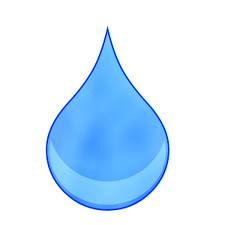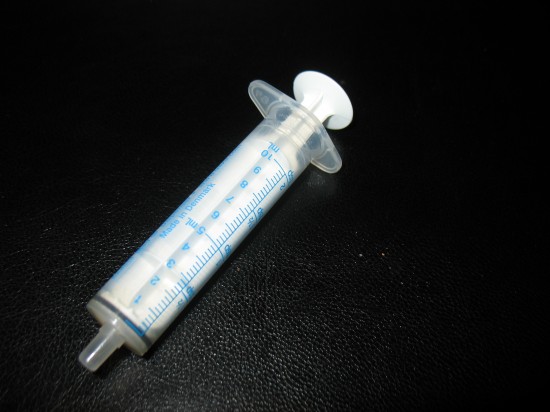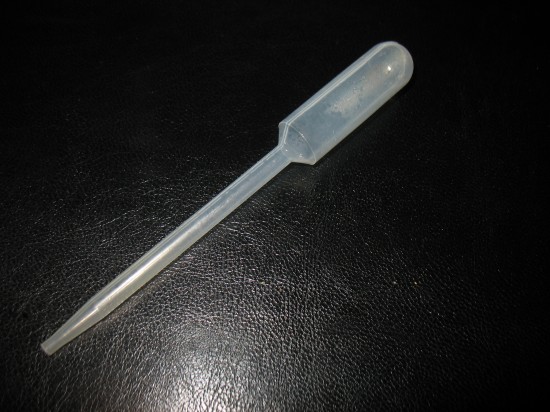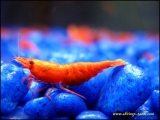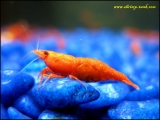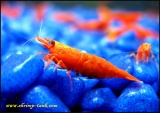How much water is in a drop of water
Or ‘How much liquid is in a drop of it?‘
This question in looks simple, but it’s not.
In general, size of a drop depends on a liquid. It also depends on a shape and perimeter of edges of hole we release the liquid through.
But let’s simplify that to just a water and check the wikipedia.
Surprisingly, but we will see completely different drops:
There are several exact definitions of a “drop”:
the “metric” drop, 1/20 mL (50 μL).
the medical drop, 1/12 mL (83⅓ μL).
the Imperial drop, 1/36 of a fluidram (1/288 of an Imperial fluid ounce, or 1/1440 of a gill) (approximately 99 μL).
an alternate, possibly apocryphal, definition of the drop is 1/1824 of a gill (approximately 78 μL).
the U.S. drop, 1/60 of a US fluidram, 1/80 of a teaspoon or 1/480 of a U.S. fluid ounce (approximately 62 μL).
an alternate definition of the U.S. drop is 1/96 of a teaspoon or 1/576 US fl oz (approximately 51 μL).
So, what is our drop out there?
Let’s find that out for a out practical use.
Having a syringe with scale and a dropper (pipette), we can easily measure that.
Performing a simply experiment is not a problem.
It shows us that 1ml of water or other liquid with similar density contains 20 drops.
Note that I have used a standard dropper from aquarium test kit that lots of people have.
You might be wondering why I’m measuring that. The answer is simple and practical as well. I will give it tomorrow ![]()
You can follow any responses to this entry through the RSS 2.0 feed. You can leave a response, or trackback from your own site.
